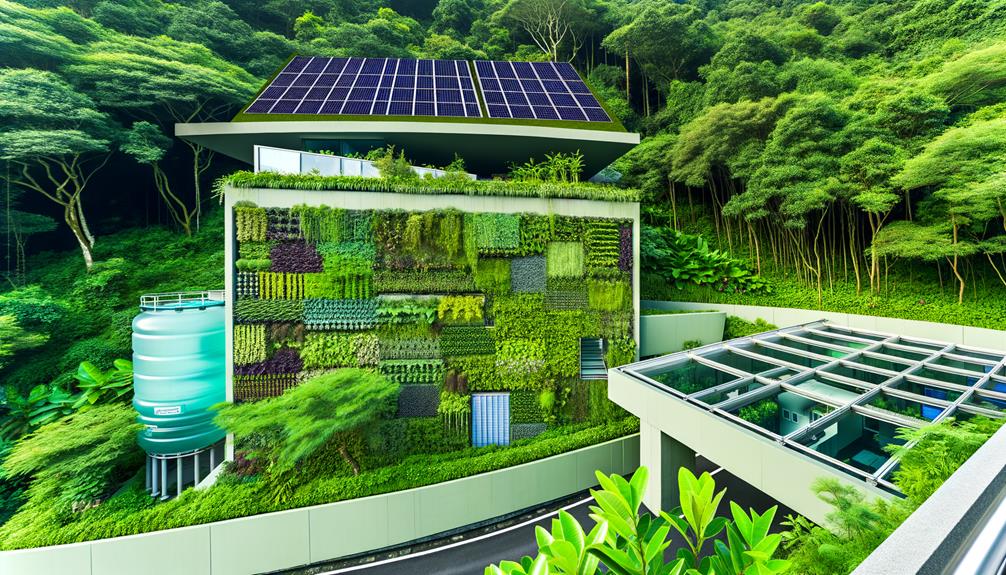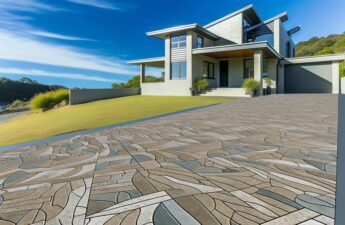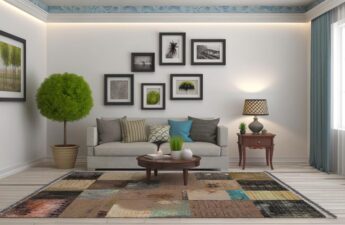Imagine stepping into a world where homes breathe with the environment, where walls whisper the secrets of sustainability, and where every nook and cranny tells a story of eco-conscious living. Welcome to the realm of eco-friendly sustainable house design.
From the moment you set foot in these homes, you'll be captivated by their ingenious blend of functionality, beauty, and environmental responsibility. But what exactly makes these houses so special? How do they go beyond the ordinary to create a space that nurtures both nature and its inhabitants?
Let's embark on a journey together to uncover the secrets of eco-friendly sustainable house design and discover how it can transform the way we live.
Sustainable Home Design Ideas
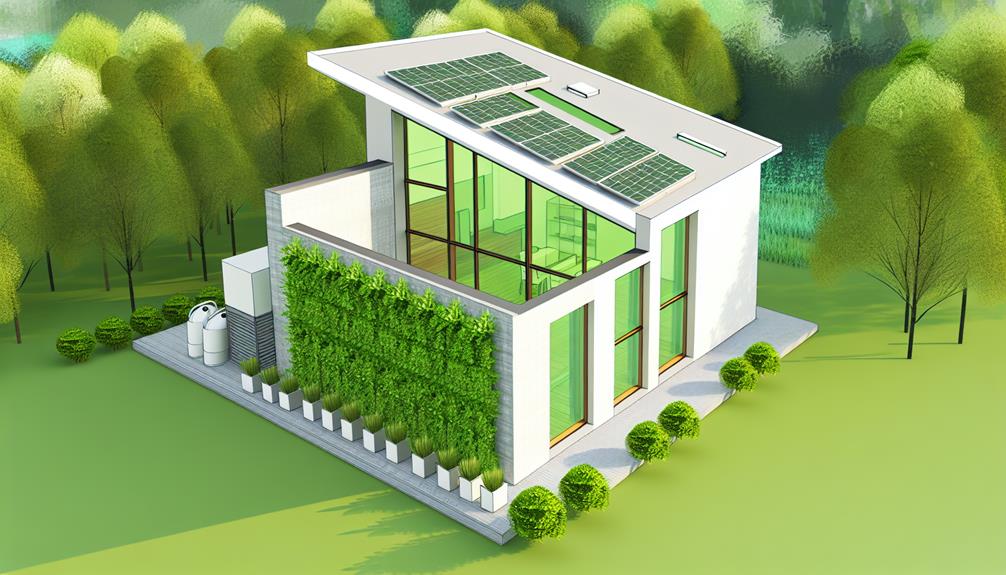
When considering sustainable home design ideas, prioritize minimalism, durability, and energy efficiency.
Eco-friendly sustainable house design focuses on creating a green building that reduces energy consumption and minimizes the use of resources.
Incorporating recycled materials into the construction of your home can help reduce waste and promote sustainability.
An energy-efficient home is achieved through proper insulation, energy-efficient windows, and air sealing. Renewable energy sources, such as solar panels, can also be integrated to reduce dependency on non-renewable energy.
Water usage can be minimized through the implementation of dual flush toilets, low-flow fixtures, and rainwater collection systems.
Additionally, passive design techniques, such as strategic placement of windows and shading devices, can maximize natural light and reduce the need for artificial lighting.
Smart thermostats can help regulate indoor temperatures efficiently, further reducing energy consumption.
Sustainable Home Location Factors
To ensure a sustainable home location, consider factors such as access to public transportation, avoidance of hazardous areas, alignment with the local climate and natural surroundings, utilization of existing infrastructure, and resilience to high-risk zones if necessary.
When choosing a location for your eco-friendly house design, it's important to think about the environmental impact of your daily commute. Selecting a site near public transportation options can greatly reduce carbon emissions and promote a greener lifestyle. Additionally, avoiding hazardous areas such as flood zones will minimize the risks of environmental damage and ensure the safety of your home.
Aligning your sustainable home with the local climate and natural surroundings is crucial for efficient resource utilization. By designing your house to take advantage of natural light and ventilation, you can reduce the need for artificial lighting and air conditioning, thus saving energy and reducing your carbon footprint. Furthermore, utilizing existing infrastructure, such as roads and utilities, will minimize the construction impact and promote sustainability by reducing the need for new development.
Lastly, it's important to consider resilience to high-risk zones if necessary. Climate change is causing an increase in extreme weather events, such as hurricanes and wildfires. Designing your home to withstand these risks will ensure its long-term durability and safety.
Efficient Home Size and Orientation
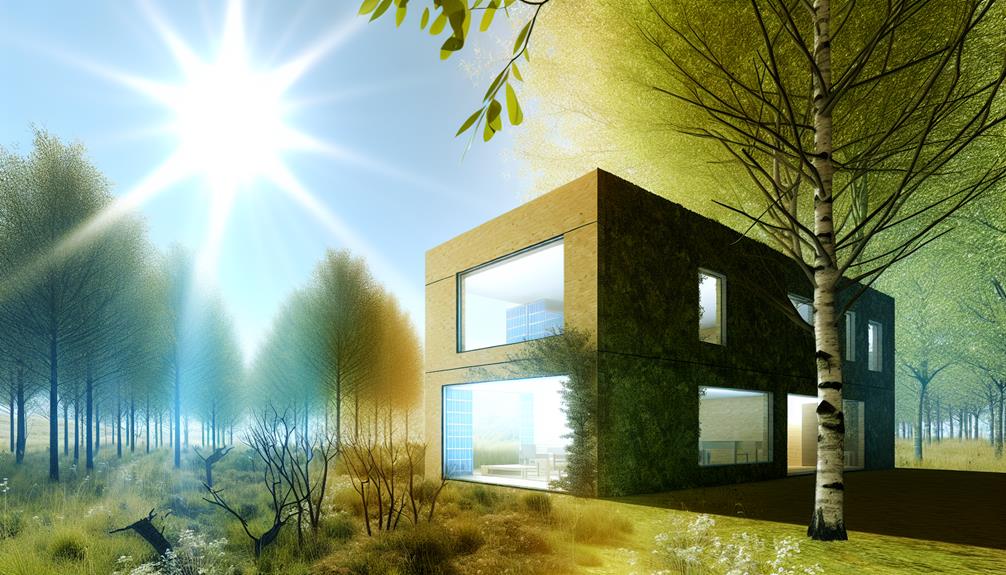
Consider the efficient size and orientation of your home to reduce energy consumption and optimize natural resources.
Sustainable home design involves carefully considering the size and layout of your home to minimize its impact on the environment. By building a smaller home, you can significantly reduce your energy consumption and carbon footprint. Smaller homes require fewer resources for construction and maintenance, making them more sustainable in the long run.
Additionally, proper orientation of the house is crucial for maximizing natural light and minimizing the need for artificial lighting and heating. By positioning your home to take advantage of natural sunlight, you can reduce your reliance on electricity and lower your energy bills.
Two-story homes provide a more efficient use of land, allowing you to optimize your space while still promoting better natural ventilation. Compact and thoughtful design can further maximize efficiency and sustainability.
Using Local and Recycled Materials
Utilizing locally sourced and recycled materials is a key aspect of sustainable house design. By using materials that are sourced from the local area, you can minimize the transportation impact and support the local economy. This not only reduces carbon emissions but also helps to create a sense of community and connection with the surroundings.
When it comes to choosing materials for your green home, prioritize the use of recycled materials. By incorporating recycled wood, for example, you can reduce waste and minimize the need for new materials to be produced. Reclaimed wood can also add a unique character to your sustainable design, giving your house a one-of-a-kind feel.
In addition to recycled materials, consider using locally milled wood and other masonry materials for construction. By choosing materials that are sourced locally, you can reduce the environmental impact associated with long-distance transportation. Supporting local industries also helps to strengthen the economy in your area.
When selecting materials and products for your eco-friendly house, look for certifications for sustainability. These certifications ensure that the materials meet certain standards for environmental responsibility. By using sustainable materials, you can contribute to a greener future and create a home that's both environmentally friendly and aesthetically pleasing.
Energy Efficiency and Water Conservation
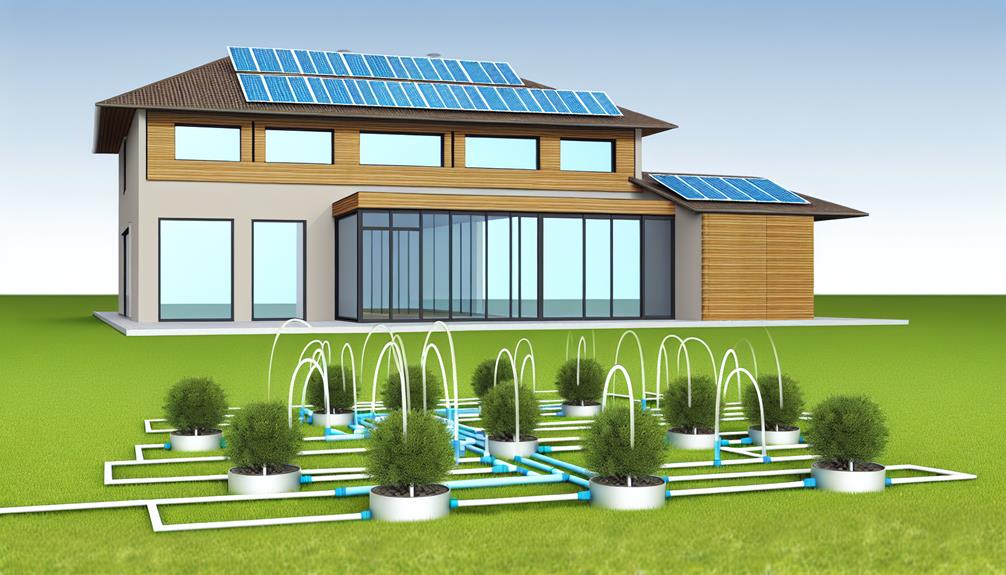
By focusing on energy efficiency and water conservation, you can further enhance your sustainable house design while minimizing your environmental impact. Incorporating these practices into your home can have a significant positive effect on the environment and help reduce your carbon footprint.
One way to increase energy efficiency is by using sustainable architecture and building materials. Opt for wood that comes from responsibly managed forests or use recycled materials in your construction. This reduces the need for new materials and helps to lower greenhouse gas emissions.
Another important aspect of energy efficiency is heating and cooling. By insulating your home properly and using energy-efficient windows, you can minimize heat loss in the winter and keep your home cool in the summer. Consider installing a smart home system that allows you to control your heating and cooling remotely, optimizing energy usage.
Renewable energy sources, such as solar panels or wind turbines, can also be incorporated into your sustainable house design. These systems generate clean energy and reduce your reliance on fossil fuels.
Water conservation is another crucial component of sustainable living. Implement rainwater harvesting systems that collect rainwater for non-potable uses like irrigation or washing your car. Use dual flush toilets and low-flow plumbing fixtures to minimize water usage. Consider installing greywater recycling systems to reuse water from sinks and showers for irrigation and other non-potable needs.
